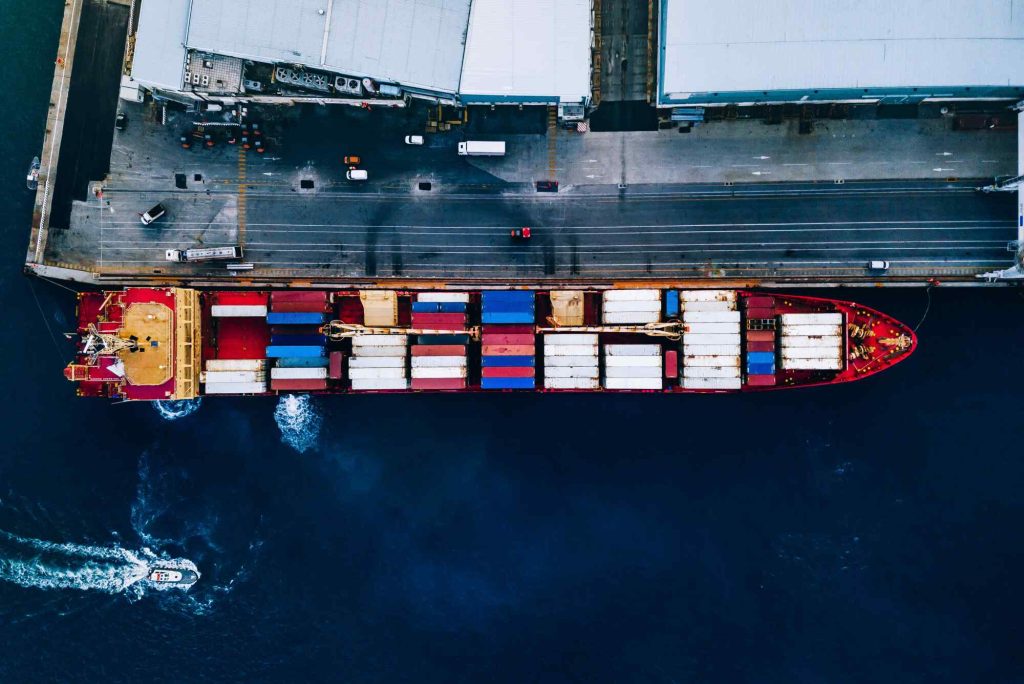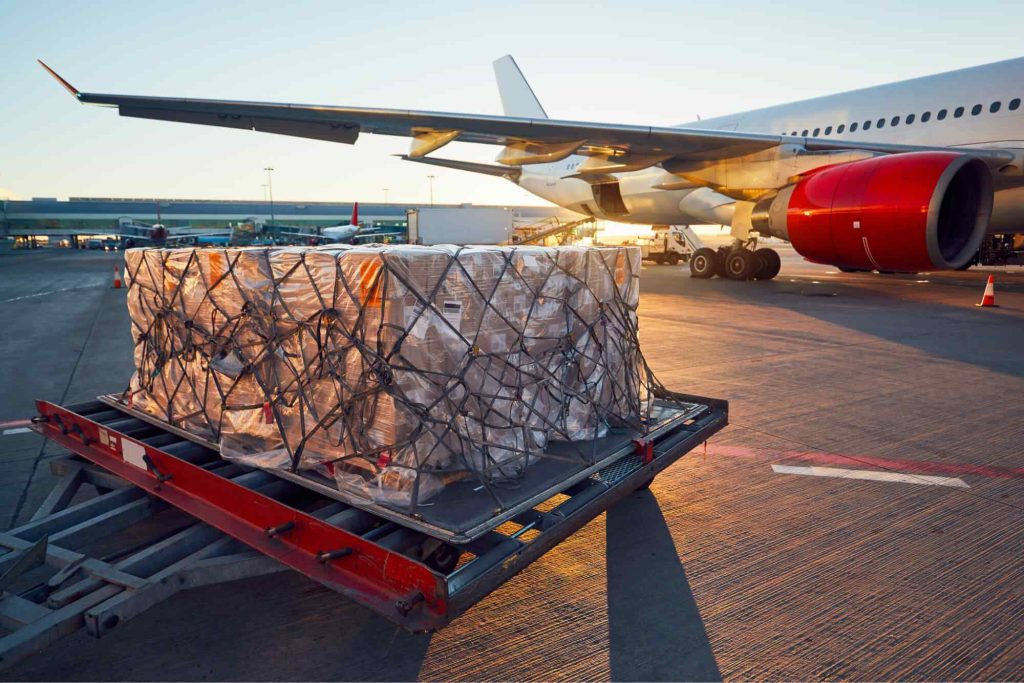Single Row Thrust Ball Bearing is designed to support axial loads in a wide range of applications. It is composed of a ball and raceway, enabling smooth rotation under high axial load conditions.
1. Description:
The Single Row Thrust Ball Bearing is designed to support axial loads in a wide range of applications. It is composed of a ball and raceway, enabling smooth rotation under high axial load conditions. These bearings are typically used where the primary load direction is axial, not radial, such as in automotive, industrial machinery, and agricultural equipment.
2. Specification:
Parameter | Value |
Load Type | Thrust (Axial Load) |
Inner Diameter | 20mm to 200mm (custom sizes available) |
Outer Diameter | Varies based on specific design |
Width | 5mm to 25mm (depending on size) |
Precision Grade | ABEC-1, ABEC-3, ABEC-5 |
Material | Chrome Steel, Stainless Steel, Ceramic |
Lubrication | Grease, Oil, or Dry Lubrication |
Seals | Optional (Rubber or Metal Shields) |
Max Speed | 3000 RPM (depending on size and application) |
3. Working:
The Single Row Thrust Ball Bearing functions by using a series of balls to separate the bearing races. This design allows it to bear axial loads in one direction and operates under a minimal amount of friction. The load is supported by the balls, which rotate smoothly within the raceways. The bearing assembly is typically sealed or shielded to maintain lubrication and prevent contamination.
4. Principle:
5. Assembly:
6. Installation Process:
7. Technical Specifications:
Parameter | Specification |
Dynamic Load Rating | 2,000 N to 35,000 N (varies by size) |
Static Load Rating | 1,500 N to 30,000 N (varies by size) |
Max Axial Load | 50,000 N (varies with diameter and precision) |
Operating Temperature | -20°C to +120°C |
Speed Limit | 3,000 RPM (higher limits available) |
Lubrication Type | Grease, Oil, Dry (depending on application) |
8. Troubleshooting:
Issue | Cause | Solution |
Excessive noise | Lack of lubrication, misalignment | Apply lubrication, re-align the bearing. |
Bearing Overheating | Insufficient lubrication, overload | Ensure proper lubrication, reduce load. |
Premature Wear | Contamination, improper installation | Ensure cleanliness, check installation process. |
Bearing Seizing | Overload, lack of lubrication | Inspect load limits, apply lubrication. |
Uneven Rotation | Poor fit or damaged balls | Check for ball wear, replace defective components. |
9. HS Codes:
10. FAQ:
Q1: What is the difference between a thrust ball bearing and a radial ball bearing?
Q2: Can this bearing be used in high-speed applications?
Q3: Do I need to lubricate the bearing?
Q4: What happens if the bearing is overloaded?
Q5: Can this bearing be used in marine environments?
11. Applications:
Locus International Export – Delivering precision-engineered solutions worldwide. Trusted for quality, reliability, and seamless global trade.
Lorem ipsum dolor sit amet, consectetur adipiscing elit. Ut elit tellus, luctus nec ullamcorper mattis, pulvinar dapibus leo.





